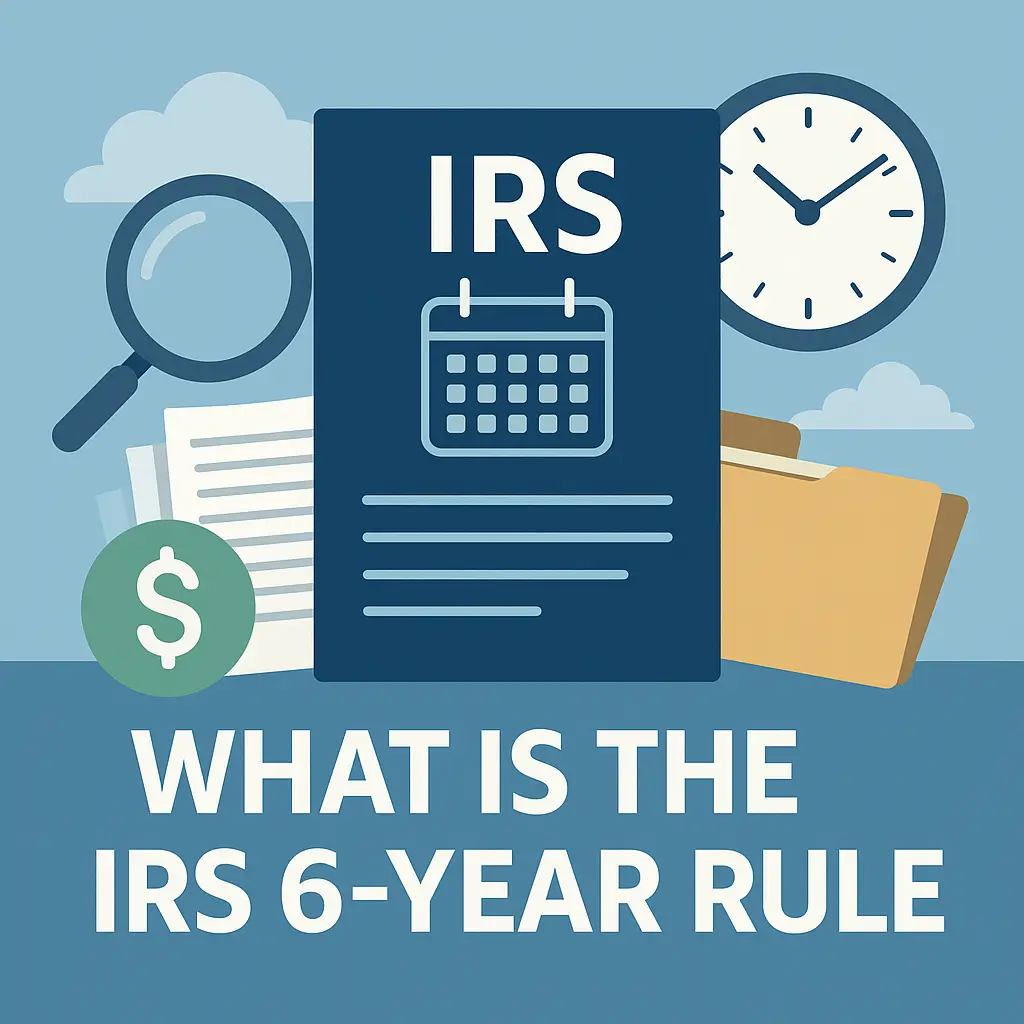The IRS 6-year rule is a guideline used when someone hasn’t filed tax returns for multiple years. While the IRS generally expects you to file every year you’re required to, the 6-year rule allows some flexibility when resolving long-term non-filing issues. In simple terms, if you haven’t filed taxes for many years, the IRS may require you to file only the last six years of returns to get back into compliance—not all missing years going back decades.
This policy is most often applied in IRS enforcement and voluntary disclosure situations. It helps taxpayers who want to come clean without being buried under decades of paperwork. But keep in mind: the IRS applies this rule on a case-by-case basis, and it’s not a formal law—it’s an internal guideline. If your case involves fraud, large tax debt, or other red flags, they may go back further than six years.
Key Things to Know About the 6-Year Rule:
- It typically applies if you’re trying to get compliant voluntarily.
- The six years must be consecutive and complete (no skipping).
- Filing fewer than six years may be accepted if justified and approved.
- Penalties and interest may still apply for each year you file late.
If you’re unsure what the IRS expects in your case, consult a tax debt professional or attorney. They can negotiate with the IRS on your behalf and guide you through becoming fully compliant—without unnecessary filings or risk.
